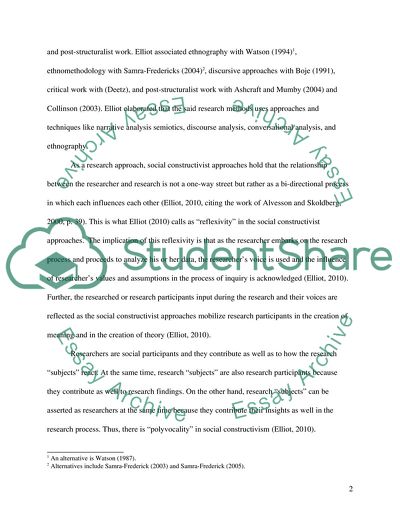Cite this document
(Non-traditional Approaches and Potential for HRM Research in Health Term Paper, n.d.)
Non-traditional Approaches and Potential for HRM Research in Health Term Paper. Retrieved from https://studentshare.org/human-resources/1741023-non-traditional-approaches
Non-traditional Approaches and Potential for HRM Research in Health Term Paper. Retrieved from https://studentshare.org/human-resources/1741023-non-traditional-approaches
(Non-Traditional Approaches and Potential for HRM Research in Health Term Paper)
Non-Traditional Approaches and Potential for HRM Research in Health Term Paper. https://studentshare.org/human-resources/1741023-non-traditional-approaches.
Non-Traditional Approaches and Potential for HRM Research in Health Term Paper. https://studentshare.org/human-resources/1741023-non-traditional-approaches.
“Non-Traditional Approaches and Potential for HRM Research in Health Term Paper”, n.d. https://studentshare.org/human-resources/1741023-non-traditional-approaches.


